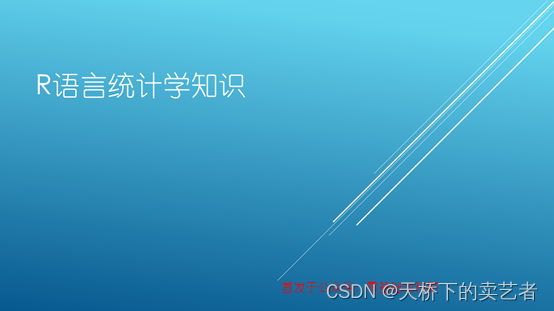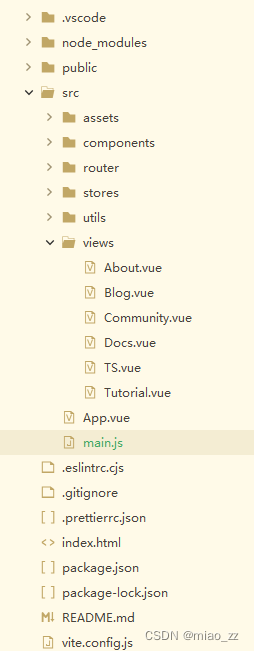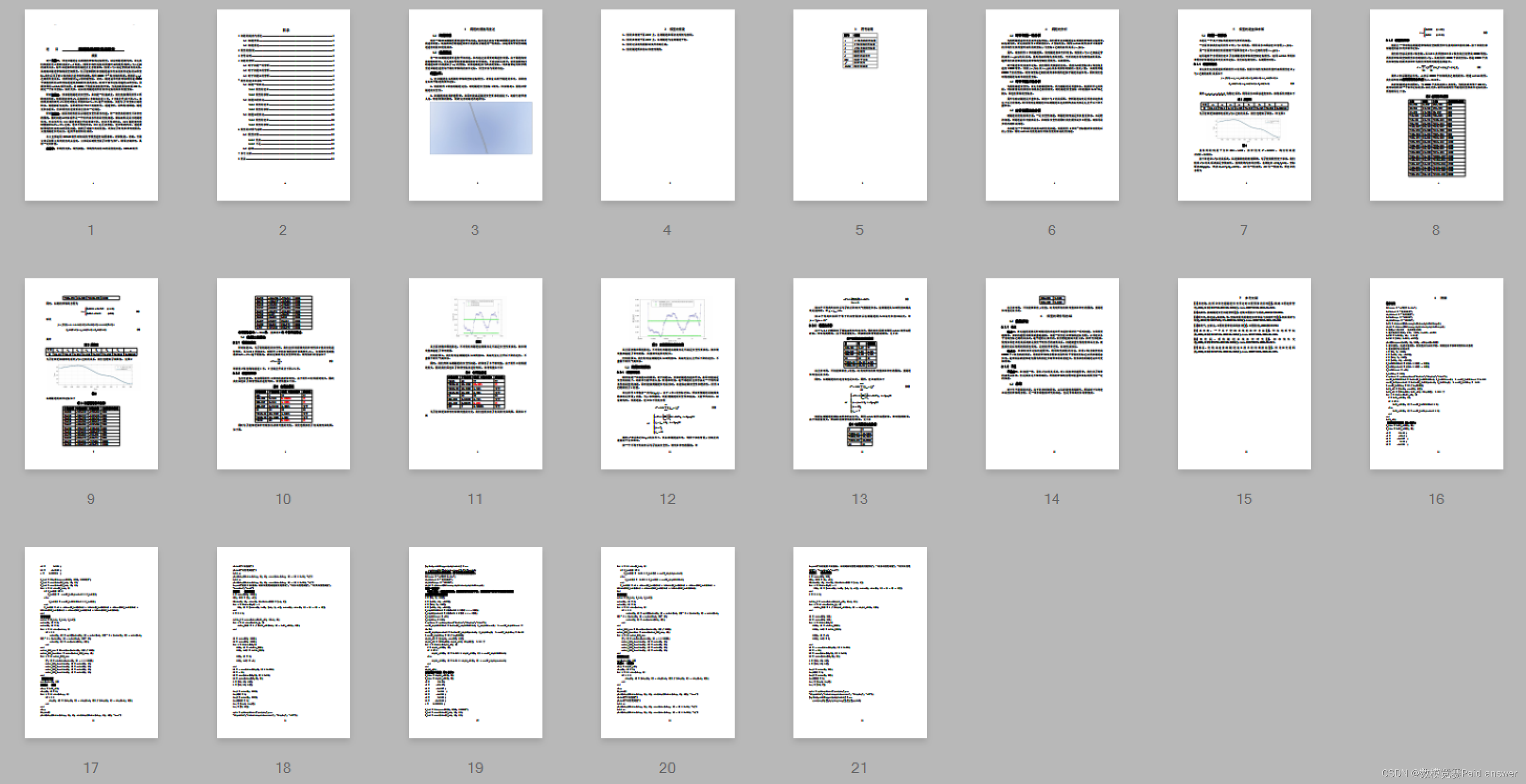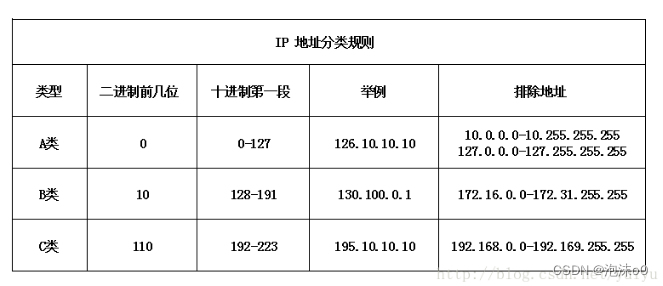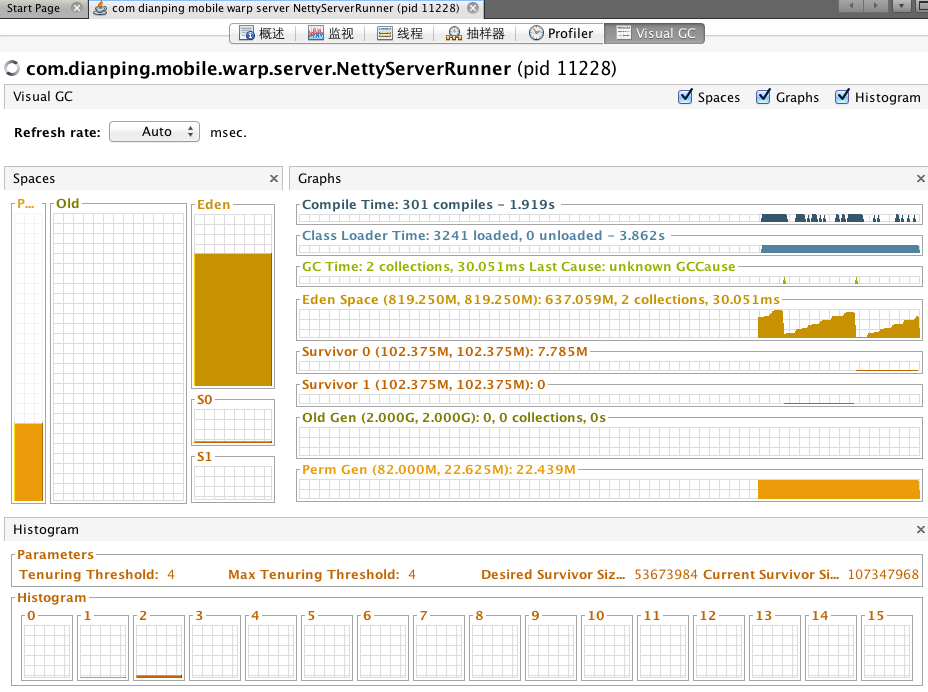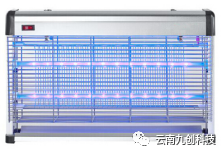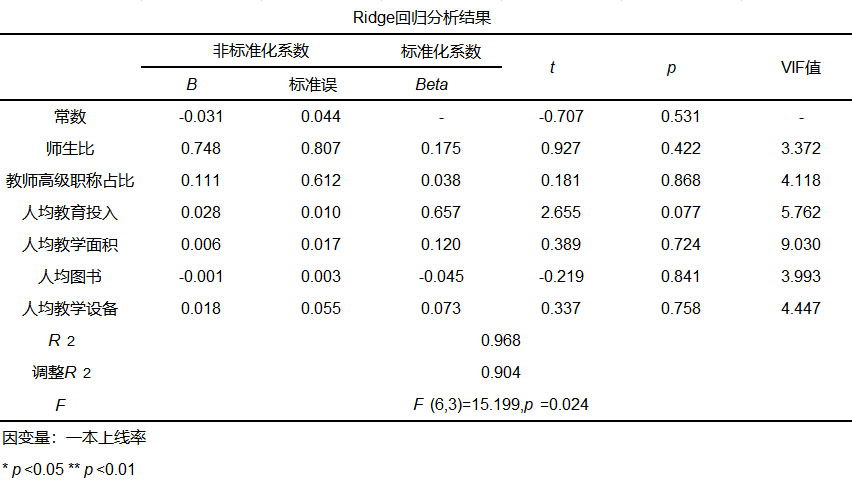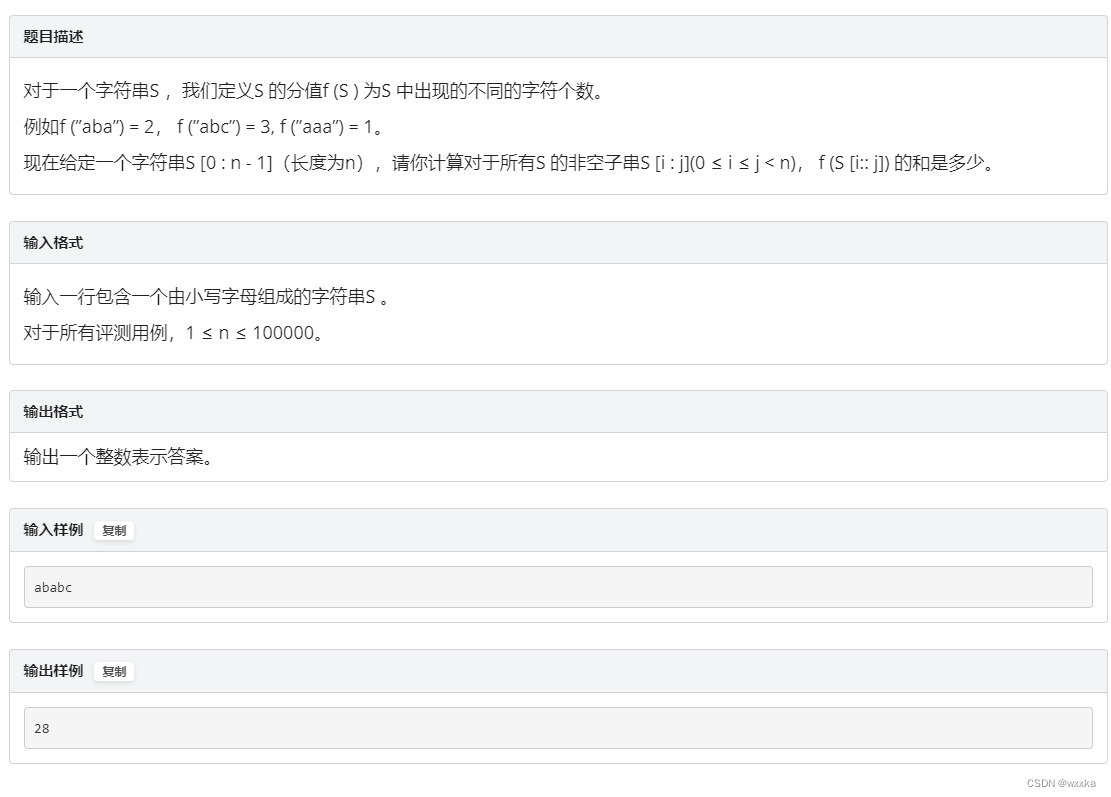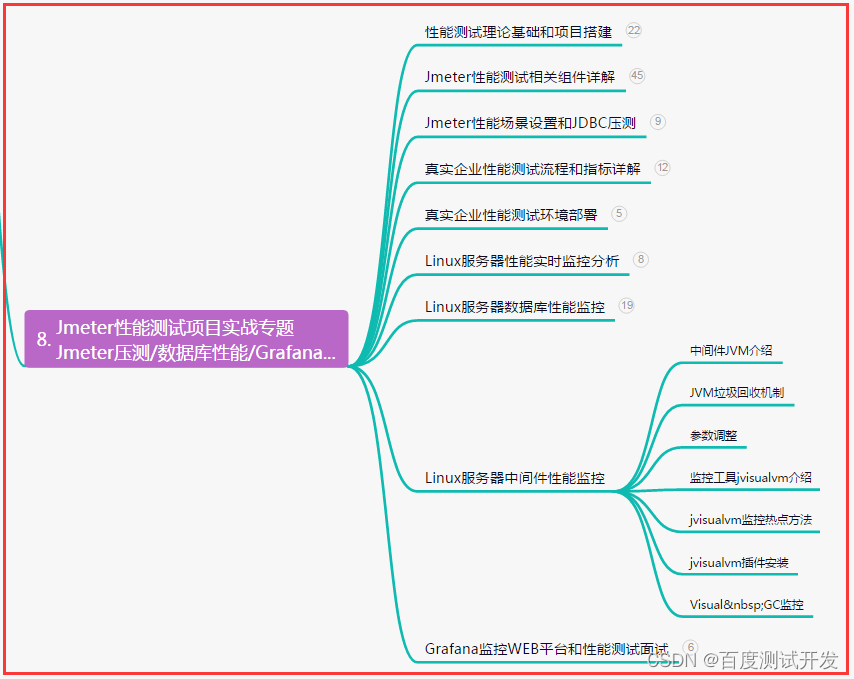目录
1.前言
2. ONNX模型
(1) backbone使用的是resnet50
(2) Transformer结构
(3)模型输出
3.代码展示(不收费!!!)
4.结果展示
5.源代码地址
1.前言
DETR DETR的全称是DEtection TRansformer,是Facebook提出的基于Transformer的端到端目标检测网络,发表于ECCV2020,代码已开源:DETR的github源码。
与之前讲解的VIT ONNX模型不同,VIT是分类模型,同时只用到了transformer的encoder的部分,而DETR是用到了整一个的transformer结构,同时是一个检测模型,具体的可以看下面的图片(本文中大部分图片都来自不灵不灵老师的博文)
 需要看具体的分析请转到不灵不灵老师 的博文,我转出的文档也是基于他的pytorch代码。
需要看具体的分析请转到不灵不灵老师 的博文,我转出的文档也是基于他的pytorch代码。
2. ONNX模型
(1) backbone使用的是resnet50
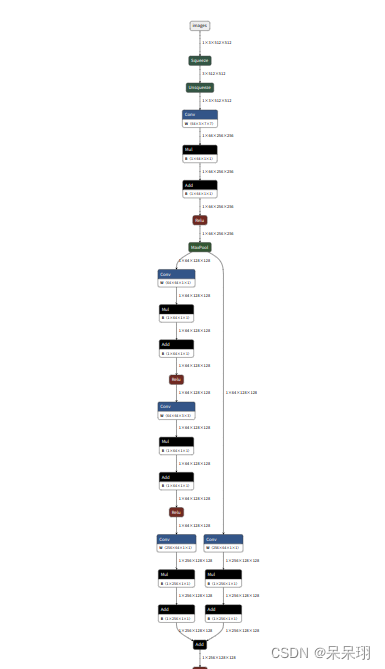

(2) Transformer结构

图片太长了,截取不方便,凑活着看吧
(3)模型输出
"pred_logits":1*100*92,预测的类别
"pred_boxes":1*100*4,预测的box坐标

3.代码展示(不收费!!!)
import numpy as np
import onnxruntime as rt
from PIL import Image
from PIL import ImageDraw, ImageFont
import colorsys
def get_classes(classes_path):
with open(classes_path, encoding='utf-8') as f:
class_names = f.readlines()
class_names = [c.strip() for c in class_names]
return class_names, len(class_names)
def get_new_img_size(height, width, min_length=600):
if width <= height:
f = float(min_length) / width
resized_height = int(f * height)
resized_width = int(min_length)
else:
f = float(min_length) / height
resized_width = int(f * width)
resized_height = int(min_length)
return resized_height, resized_width
def resize_image(image, min_length):
iw, ih = image.size
h, w = get_new_img_size(ih, iw, min_length=min_length)
new_image = image.resize((w, h), Image.BICUBIC)
return new_image
def cvtColor(image):
if len(np.shape(image)) == 3 and np.shape(image)[2] == 3:
return image
else:
image = image.convert('RGB')
return image
class DecodeBox:
""" This module converts the model's output into the format expected by the coco api"""
def box_cxcywh_to_xyxy(self, x):
x_c, y_c, w, h = x[..., 0], x[..., 1], x[..., 2], x[..., 3]
b = [(x_c - 0.5 * w), (y_c - 0.5 * h),
(x_c + 0.5 * w), (y_c + 0.5 * h)]
return np.stack(b, axis=-1)
def forward(self, outputs, target_sizes, confidence):
out_logits, out_bbox = outputs["pred_logits"], outputs["pred_boxes"]
assert len(out_logits) == len(target_sizes)
assert target_sizes.shape[1] == 2
prob = np.exp(out_logits) / np.exp(out_logits).sum(-1, keepdims=True)
scores = np.max(prob[..., :-1], axis=-1)
labels = np.argmax(prob[..., :-1], axis=-1) # 加1来转换为类别标签(背景类别为0)
# convert to [x0, y0, x1, y1] format
boxes = self.box_cxcywh_to_xyxy(out_bbox)
# and from relative [0, 1] to absolute [0, height] coordinates
img_h, img_w = np.split(target_sizes, target_sizes.shape[1], axis=1)[0], np.split(target_sizes, target_sizes.shape[1], axis=1)[1]
img_h = img_h.astype(float)
img_w = img_w.astype(float)
scale_fct = np.hstack([img_w, img_h, img_w, img_h])
boxes = boxes * scale_fct[:, None, :]
outputs = np.concatenate([
np.expand_dims(boxes[:, :, 1], -1),
np.expand_dims(boxes[:, :, 0], -1),
np.expand_dims(boxes[:, :, 3], -1),
np.expand_dims(boxes[:, :, 2], -1),
np.expand_dims(scores, -1),
np.expand_dims(labels.astype(float), -1),
], -1)
results = []
for output in outputs:
results.append(output[output[:, 4] > confidence])
# results = [{'scores': s, 'labels': l, 'boxes': b} for s, l, b in zip(scores, labels, boxes)]
return results
def preprocess_input(image):
image /= 255.0
image -= np.array([0.485, 0.456, 0.406])
image /= np.array([0.229, 0.224, 0.225])
return image
if __name__ == "__main__":
count = True
confidence = 0.5
min_length = 512
image = Image.open('1.jpg')
image = image.resize((512, 512))
image_shape = np.array([np.shape(image)[0:2]])
image = cvtColor(image)
image_data = resize_image(image, min_length)
image_data = np.expand_dims(np.transpose(preprocess_input(np.array(image_data, dtype='float32')), (2, 0, 1)), 0)
# onnx模型前向推理
sess = rt.InferenceSession('./model_data/models.onnx')
# 模型的输入和输出节点名,可以通过netron查看
input_name = 'images'
outputs_name = ['output', '4556']
# 模型推理:模型输出节点名,模型输入节点名,输入数据(注意节点名的格式!!!!!)
net_outs = sess.run(outputs_name, {input_name: image_data})
# net_outs = {"pred_logits":torch.tensor(net_outs[0]), "pred_boxes":torch.tensor(net_outs[1])}
net_outs = {"pred_logits": net_outs[0], "pred_boxes": net_outs[1]}
bbox_util = DecodeBox()
results = bbox_util.forward(net_outs, image_shape, confidence)
if results[0] is None:
print('NO OBJECT')
else:
_results = results[0]
top_label = np.array(_results[:, 5], dtype='int32')
top_conf = _results[:, 4]
top_boxes = _results[:, :4]
font = ImageFont.truetype(font='model_data/simhei.ttf', size=np.floor(3e-2 * image.size[1] + 0.5).astype('int32'))
thickness = int(max((image.size[0] + image.size[1]) // min_length, 1))
classes_path = 'model_data/coco_classes.txt'
class_names, num_classes = get_classes(classes_path)
hsv_tuples = [(x / num_classes, 1., 1.) for x in range(num_classes)]
colors = list(map(lambda x: colorsys.hsv_to_rgb(*x), hsv_tuples))
colors = list(map(lambda x: (int(x[0] * 255), int(x[1] * 255), int(x[2] * 255)), colors))
for i, c in list(enumerate(top_label)):
predicted_class = class_names[int(c)]
box = top_boxes[i]
score = top_conf[i]
top, left, bottom, right = box
top = max(0, np.floor(top).astype('int32'))
left = max(0, np.floor(left).astype('int32'))
bottom = min(image.size[1], np.floor(bottom).astype('int32'))
right = min(image.size[0], np.floor(right).astype('int32'))
label = '{} {:.2f}'.format(predicted_class, score)
draw = ImageDraw.Draw(image)
label_size = draw.textsize(label, font)
label = label.encode('utf-8')
print(label, top, left, bottom, right)
if top - label_size[1] >= 0:
text_origin = np.array([left, top - label_size[1]])
else:
text_origin = np.array([left, top + 1])
for i in range(thickness):
draw.rectangle([left + i, top + i, right - i, bottom - i], outline=colors[c])
draw.rectangle([tuple(text_origin), tuple(text_origin + label_size)], fill=colors[c])
draw.text(text_origin, str(label, 'UTF-8'), fill=(0, 0, 0), font=font)
del draw
image.save('output.png')4.结果展示
 |  |
5.源代码地址
链接: https://pan.baidu.com/s/1Rkh8GI-EZdaS6h7uG4IuFg 提取码: xfen

